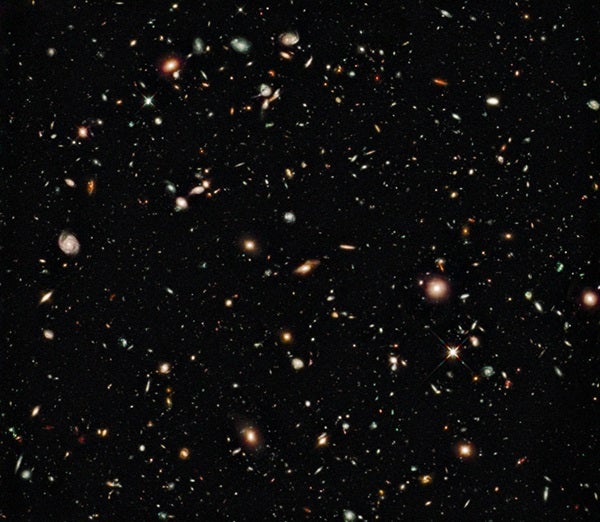“Studies prior to the launch had indicated that we would see some galaxies, but it was really unclear how many we would see and how far away they would be,” Williams told Contributing Editor Liz Kruesi. “We weren’t sure exactly what the result would be but felt it was really important to demonstrate what the distant universe would appear [like] with Hubble. It is important for the advance of science to undertake risky ventures.”
Since that original Hubble Deep Field, astronomers have taken several more long exposures to reveal the distant universe, including Hubble Ultra Deep Fields (HUDF) in 2004 and 2009. Astronomy covered these stunning images in detail, which you can read from the stories below.










